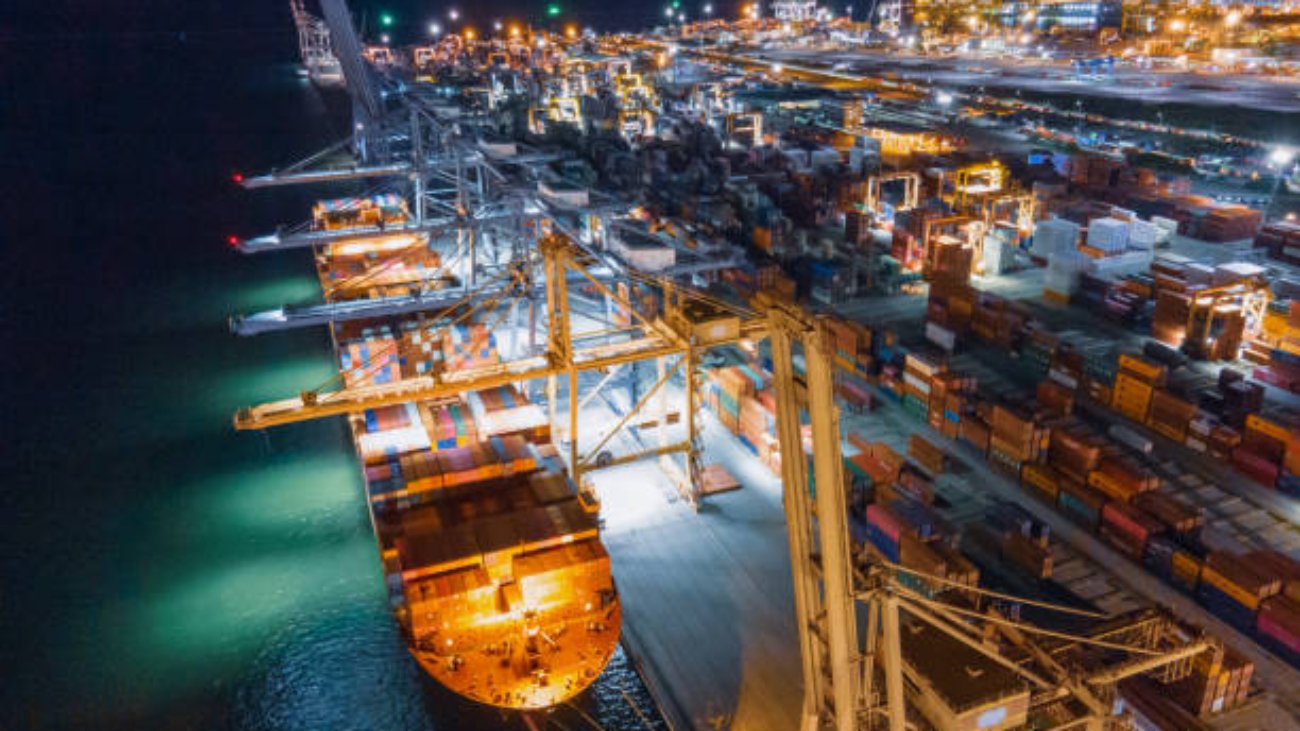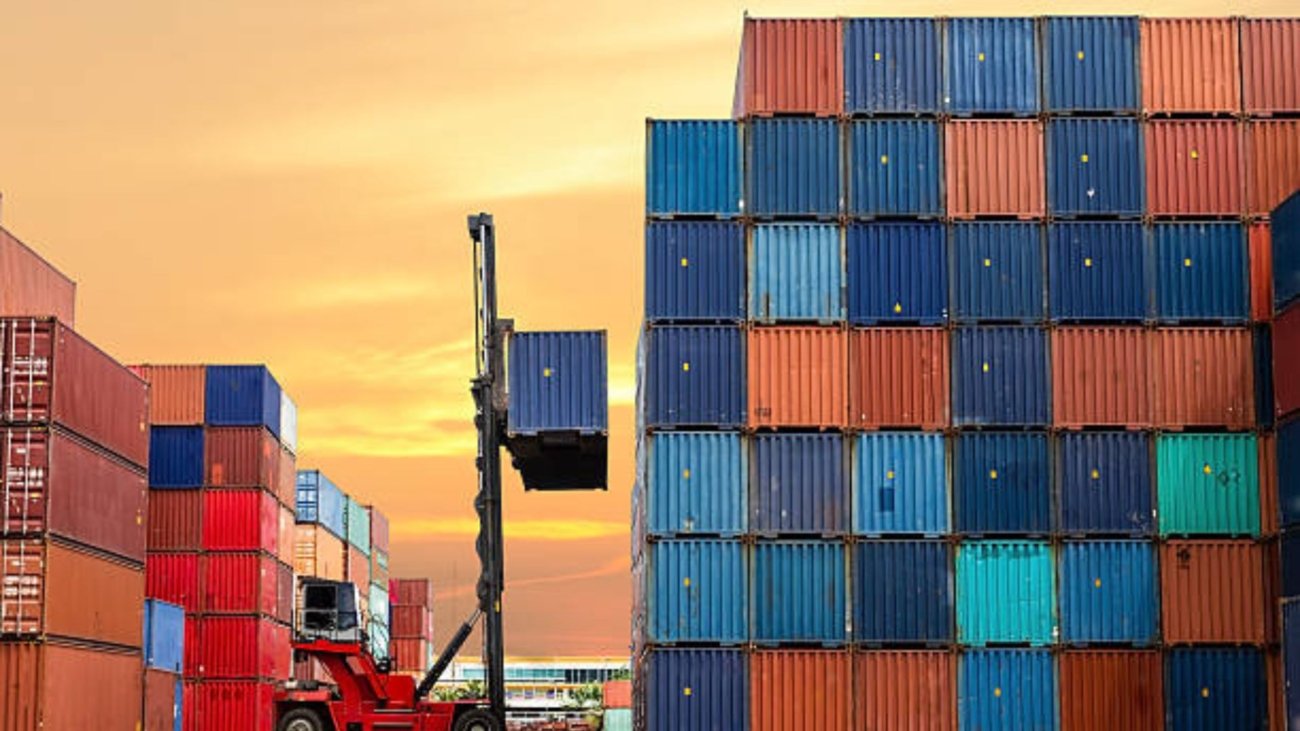Author’s note: I wrote a slightly longer version of this post in November 2012. I’m sharing it again today with some minor edits because I believe the topic remains very relevant today.
Most of the time, when people talk about innovation in supply chain management and logistics, the focus is on technology (e.g., AI and machine learning) or business processes (e.g., same-day delivery and omni-channel fulfillment). But what about innovation in business models? Is there an opportunity for third-party logistics providers (3PLs) and software vendors, for example, to innovate their business models to deliver greater value to clients, differentiate themselves from the competition and gain market share, and achieve greater financial success?
Of course there is.
3PLs and software vendors have been transforming their business models over the past decade (e.g., the transition to cloud and software-as-a-service, the adoption of Vested Outsourcing principles). The challenge now is to keep looking for additional opportunities to innovate. But how do you find these opportunities?
You can start by answering these three questions:
1. Is your mission statement aligned with your customer’s objectives and desired outcomes?
As highlighted in a November 2012 HBR blog post (“When Business Models Trump Technology”), an Israeli company, Netafim, captured almost one-third of the “seemingly commoditized” micro-irrigation equipment market by changing its business model to better address the needs and constraints of its customers (read the post for all the details). According to the authors, “Netafim went so far as to change [its] mission statement from ‘making the best drip irrigation equipment for customers’ to ‘helping the world grow more with less,’ an objective far more aligned with the objectives of its customers, the farmers.”
This reminded me of a case study I wrote in 2011 highlighting Jaguar and Unipart Logistics. The two companies created the following shared vision statement, which they review at the start of every meeting between them:
“To support Jaguar dealers in delivering a Unique Personal Ownership Experience to Jaguar Drivers worldwide, ensuring industry leading owner loyalty through partnership and world-class logistics.”
This shared vision statement aligns both companies toward a common goal that both unifies and transcends the interests of each company.
Simply put, if your mission statement and objectives are not aligned with those of your customers, then an opportunity exists to change your business model to close that gap.
2. What challenges and constraints do your customers still face that you can solve or alleviate for them?
The Cloud/SaaS model emerged in large part to address a problem many companies faced: they had limited IT resources and limited (and shrinking) IT budgets. Supply chain and logistics organizations face many challenges today, such as finding and retaining talent, enabling new business processes quickly, complying with emerging sustainability regulations, and dealing with high variability in supply and demand. The idea here is to take a step back and look at all of the resources and assets you have at your disposal (including those you’ve only been utilizing internally) to see if there are opportunities to bundle, price, and deliver them together in new and unique ways to solve the problems and constraints your customers still face.
3. What is your customer’s total experience with your product or service?
In their July 1997 HBR article “Discovering New Points of Differentiation,” Ian C. MacMillan and Rita Gunther McGrath write that “most companies, in seeking to differentiate themselves, focus their energy only on their products or services. In fact, a company has the opportunity to differentiate itself at every point where it comes in contact with its customers — “from the moment customers realize that they need a product or service to the time when they no longer want it and decide to dispose of it.” They go on to say: “We believe that if companies open up their creative thinking to their customers’ entire experience with a product or service — what we call the consumption chain — they can uncover opportunities to position their offerings in ways that they, and their competitors, would never have thought possible.”
The article outlines how to map the consumption chain, which includes answering questions such as: How do customers find your offering? How do customers make their final selection? How is your product or service delivered? How is your product or service paid for? What is your customer really using your product for? What do customers need help with when they use your product?
The bottom line is that by exploring these questions in detail, you will likely uncover opportunities to streamline and improve your existing business model and practices.
I’ll end with a quote from another great HBR article related to this topic: “One secret to maintaining a thriving business is recognizing when it needs a fundamental change.”
Something to think about and discuss in your next strategy meeting.




